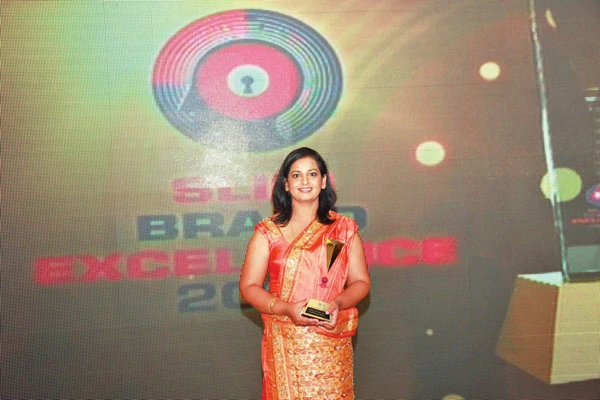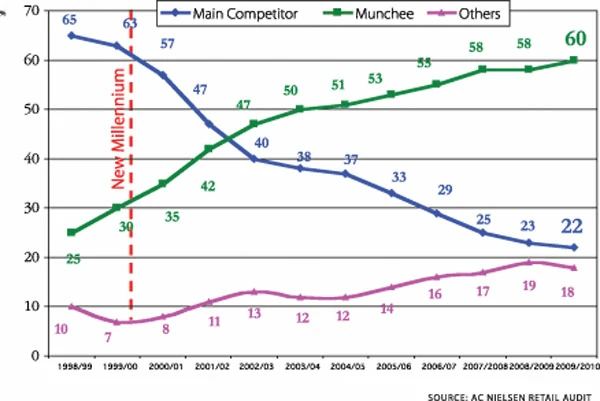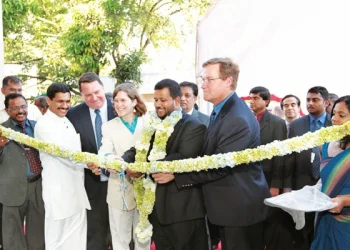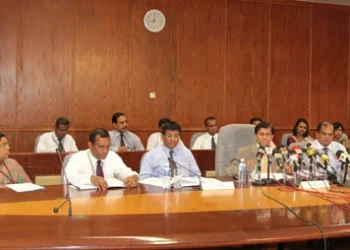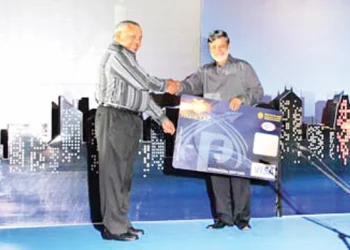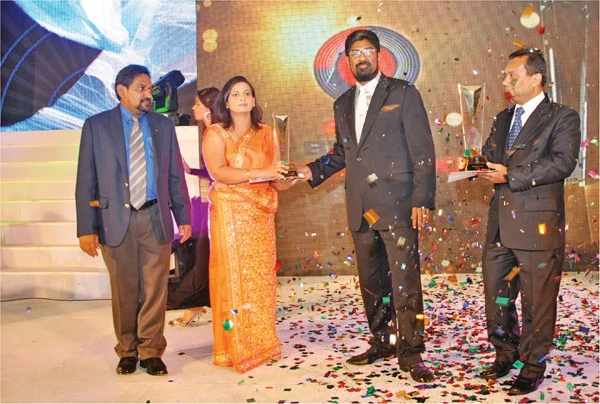
CBL has been in business since 1968. It began, its operation when the CARE, USA and the Government of Sri Lanka entrusted the Company to manufacture a protein-enriched biscuit for school children as a mid day meal. The concept was developed by Mineka P Wickramasinghe, the Chairman of Ceylon Biscuits Limited. “There was spare capacity and with that the Munchee Brand was launched,” adds Nandana Wickramage, Group Director and Head of Marketing and Sales, on what brought on the beginning of Munchee.
The company was later appointed as the franchisee for Huntley and Palmer of Associated Biscuits UK as a joint venture and supplied biscuits from Sri Lanka to other overseas markets as well. Gradually, the business grew and thereafter, CBL went ahead on its own with the brand name Munchee and by the year 2000, it had over a 23 percent market share in the local market. “In the year 2000 we drew up a plan to become the market leader in the biscuit industry. By that time we had also ventured into chocolates by the name of Ritzbury and at the same time we took over controlling shares of Lanka Soy, and plans were drawn up for us to become market leader in all of the categories,” explains Wickramage. The company had re-launched many of its products and by the year 2001, became market leader in biscuits with over a 40 percent market share.
This year at the Brand Excellence Awards, Ceylon Biscuits Limited won ‘Prestigious Brand of the Year’ award. They did not stop there. They went on to win ‘Product Brand of the Year,’ ‘Local Brand of the Year, ‘Export Brand of the Year’ and also were the runners up for CSR Brand of the Year as well as winning the third place in ‘Product Promo of the Year‘ for the Ritzbury Brand.
CBL has not only gained more than fair share with their biscuits but also in their soy products. Ritzbury chocolates took a longer time to season as CBL went on a different leg on chocolate production. As Wickramage states, “chocolates were known to people in slabs and we wanted to change the whole market by launching different types of chocolate products.” Ritzbury chocolate products like ‘Pebbles,’ ‘Chit-Chat,’ ‘Gonuts,’ which were not common in the Sri Lankan market and usually only seen in the imported products were like the new kids in town and became a popular treat with the locals. Chocolate slabs did not come until later in CBL’s journey.
The name of the game from the beginning was ‘innovation’ according to Wickramage and in the instance of biscuits like ‘Lemon Puff,’ where usually the yellow cream inside the biscuit sandwich was the only fun part for kids, and the actual biscuits would get thrown away, CBL took these consumer insights into consideration. “We manufactured a product that along with the biscuit you will get the taste of the cream… the biscuits don’t have to be thrown away,” says Wickramage. ‘Lemon Puff’ had only a 23 percent market share; currently, it is over 80 percent, because of the innovative changes that had been made. It was the same scenario with the ‘Munchee Super Cream Cracker,’ which usually carried a ‘get-well-soon’ perception among locals and taken along to give people who were ill or to patients in hospital. “We developed a product that would change this frame of mind,” as Wickramage explains, that now the Cream Cracker could be eaten by itself and also can be consumed by anyone. CBL had marketed it in different ways; “one was as a product which can be consumed by anyone, any age group, and two, it can be consumed during small hunger pangs or podi budigineta, super!” Today, most of Sri Lanka’s working crowd and even children carry it to school. CBL, once again succeeded to change the market for the ‘Cream Cracker.’ With only an18 percent market share for the Cream Cracker in 2001, it now has an 83 percent share in the market.
Today CBL holds 60 percent of the country’s market share, supplies to over 45 countries and “as our vision goes we want to be the market leader in confectionery in Asia with a global presence and recognition, this vision drives us, we don’t have a time frame to it, definitely we’ll get there,” adds Wickramage proudly.
Speaking of the challenges confronted, Wickramage explains, that there were many challenges as Sri Lanka has a population of over 50 manufacturers in similar products. However CBL met these challenges as they had and still have many trusted consumers. Wickramage believes it is essential to understand the consumer properly and act accordingly, “we of course analyse the market, we see the requirement of the market and then develop the product therefore, there is little risk involved of the product failing in the market because we’ve already tested it with the consumer.” This was the advantage that CBL had against competition.
CBL is able to face any challenge today with confidence, even internationally because of their efforts in not compromising the quality of their products and has even won ‘Product Brand Excellence’ for seven years straight. “Our Deputy Marketing Manager, Theja Peiris has won ‘Brand Champion of the Year’ for two consecutive years,” points out Wickramage and believes that the company has a highly motivated team starting at sourcing of raw material to consumer product.
CBL as a Company lends its hands to CSR by way of giving back to the country and its people. “Education is the key area we have to look at because we believe that the future of this country lies in the quality of the people. If the people are not educated properly the consumer we have will not be a quality consumer. There’s no point in the company improving the quality of their product range if the consumer perceptions are at a low level.” Wickramage concludes.
“Education Is The Key Area We Have To Look At Because We Believe That The Future Of This Country Lies In The Quality Of The People… There’s No Point In The Company Improving The Quality Of Their Product Range If The Consumer Perceptions Are At A Low Level.”

